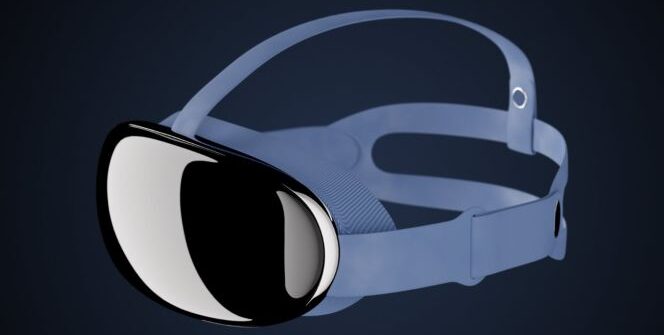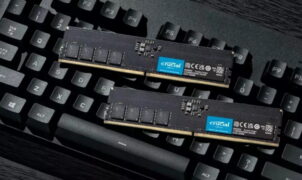TECH NEWS – Theoretically, speeds can be up to 224 GB/s. Not gigabit, but gigabyte: that would fill up nearly ten 25 GB single-layer Blu-ray discs in a second!
The speed of light is blazing. Just think that when there is lightning, the flash is sometimes seconds ahead of the thunder because there is such a difference in speed between light and sound (but the closer the storm, the smaller the difference). Imagine using this speed for communication. The result will be LiFi, light-based, wireless communication. If there’s nothing in the way between our signal receiver and the LED light that acts as the LiFi access point, and the dongle stick is turned in the right direction, we can have a fast internet connection… as long as the light is on.
But 802.11bb doesn’t want to replace Wi-Fi; it wants to complement it. The IEEE has given the technology standard approval , and LiFiCo’s Q&A page says it should be considered as an alternative when, for example, radio frequencies are occupied or prohibited, when connection security is of particular importance, and when fast speeds are needed within a line of sight. According to one of the developers of the standard, Fraunhofer HHI, the technology could be helpful in classrooms and medical and industrial scenarios.
According to Dominic Schulz, lead LiFi developer at Frauenhofer, operating in the optical spectrum results in more excellent reliability, less latency and jitter, less interference and eavesdropping, and accurate indoor navigation down to the centimeter. The technology is costly, as the LiFiMax Flex kit is $2200 and is described as “the most affordable LiFi product!” For that much, you can hang an access point and antenna from the ceiling, get a dongle, and an RJ45 cable for your connection. Add $200, and you also get a LiFi Max Tab, which gives you a Wi-Fi-enabled tablet, and then you don’t need a dongle.
But these solutions can only offer 150/140 Mb/s so you can move less than 20 megabytes per second in each direction. PureLifi’s Light Antenna One is gigabit-capable, but that doesn’t define what it can do either. It’s impossible to turn off a LiFi point entirely, the signal integrity is maintained at 60 lux with 10% room illumination, and LiFiCo’s Q&A says that the part of the light spectrum invisible to us will be applicable. The fluctuation in the light source is due to the movement of binary data, but our eyes cannot detect it.
LiFi could be helpful in AR/VR/XR technology because we wouldn’t overload a Wi-Fi network with, for example, Apple Reality Pro…
Source: ArsTechnica









![[TGA 2025] Tomb Raider: Legacy of Atlantis: Another Remake of the First Game! [VIDEO]](https://thegeek.games/wp-content/uploads/2025/12/theGeek-Tomb-Raider-Catalyst-Legacy-of-Atlantis-Remake-Crystal-Dynamics-302x180.jpg)





Leave a Reply